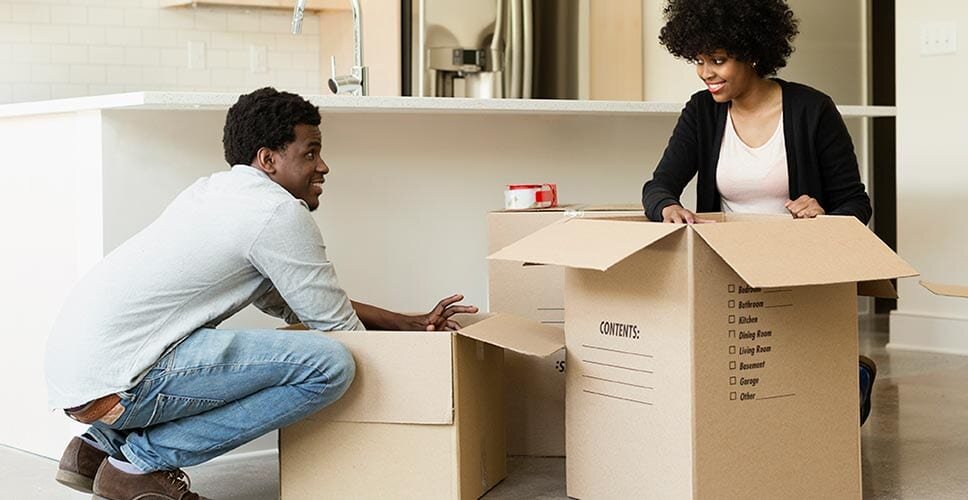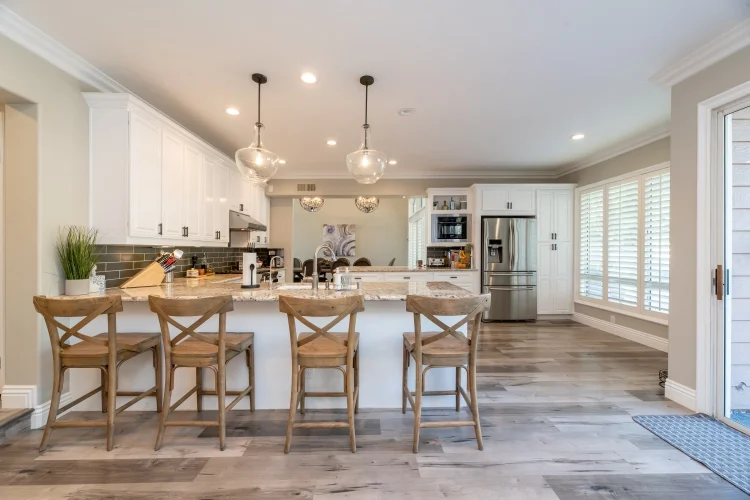Most of us like to enjoy our time at home putting our feet up and relaxing, letting the day or weeks stress melt away as we take some hard-earned time off. What we do not want to have to do is deal with faulty appliances and services that only serve to add more stress to the brief moments of brief calmness in our lives. The best way to avoid unexpected catastrophes at home is to perform preventative maintenance, this can be done yourself if you know what you are doing, or alternatively, you can hire a professional to do it for you for a small fee.
What is preventative maintenance?
Preventative maintenance is, shockingly, exactly what the name implies. It is the practice of inspecting your home to find anything that could cause potential issues in the future and taking care of them before disaster strikes. This can mean anything from a crack in a wall that would eventually grow, or a dripping pipe that could one day become a leak capable of flooding the surrounding area. A little bit of work every weekend can help to prevent serious problems around your home that can be both damaging to your property and mental health, but also expensive to fix.
Studies have even proven that dealing with minor and easily fixed issues immediately can save you roughly ten percent on your monthly bills. These savings should really be more than enough to justify a short house check or a quick service call from your plumber.
Now, as we mentioned above, you can perform these household checks yourself, but be sure to do your research first or you may be in danger of missing important checks that result in expensive mistakes. Overall, we find that simply calling your plumber and having them take care of it is the easier route as they will not only catch things you may miss, but they may even be able to fix small issues right then and there, not giving them a chance to get worse.
The different services that require maintenance
Now that we have gone over what preventative maintenance is and why it is important, let’s next look at the different services that require it. Some are obvious, for example, the plumbing inside your home, but there are also others that many of us would not readily think about. Below are the most important services that require preventative maintenance, and what kind of work needs to be done on them.
Mechanical Plumbing:
Mechanical plumbing is plumbing that services the mechanical parts of appliances like air conditioning units, heaters, and ventilation systems in general, and in large buildings, mechanical plumbers may also service things like elevators and escalators. Basically, mechanical plumbing covers anything from interpreting plans and blueprints, designing plumbing systems, and installing, repairing, and maintaining a vast array of appliances ranging from space heaters and waste stacks to heating ducts, ventilation systems, and hot and cold water systems. In addition to these general services, mechanical plumbers are also responsible for installing and maintaining essential services like sprinkler systems. In short, they do an awful lot so you may be beginning to see why it may best to hire a professional to check your home rather than doing it yourself.
A final note regarding mechanical plumbers that is worth mentioning is that they will be aware of any local regulations that your town or city has in place, these are things that many homeowners will not know and so are very easy to miss when doing a DIY inspection.
Electrical:
Electrical services cover any of the internal wires in your home as well as electrical components of your other services. A thorough electrical inspection will look out for any potential electrical hazards, any exposed, damaged, or outdated wiring and will also cover the testing of any power points, lighting, and fuse boxes. Electrical inspections will also ensure that things like smoke and CO2 detectors are in working order while also ensuring, similarly to plumbing, that your home complies with the local regulations set by your town, city, or government.
If you plan to perform an electrical inspection yourself it is extremely important that you do your research regarding both what you need to check and how to do so. Failing to notice something like an exposed or damaged wire can lead to the loss of your property, your belongings, and your life. In addition, ensuring that you know exactly what to do is critical because when dealing with electricity a small mistake can be harmful to your health and potentially even fatal.
Electrical inspections are something that we highly recommend getting a professional to do simply due to the amount of damage that can occur if one is done incorrectly.
Heating:
On a less dangerous note next up are heaters, an average water heater should last roughly a decade, depending on a few factors such as how well taken care of it is, how much it is used, and even the quality of water running through it. For example, a house in a cold area will need heating more, meaning it will wear out faster, and poor-quality water in your area can cause internal issues that are important to take care of with regular maintenance. If you are performing your own inspection you need to look at the factors surrounding your water heater. Is it near carpet or hardwood floors or drywall that would be vulnerable to damage if a leak were to occur? Even if your heater is outside of your house, for example in your garage, how close is it to the walls, and could water make it through to damage your house. It is common practice for heaters to be located out of the way since they are often loud and not exactly easy on the eyes, however, this, unfortunately, means that they are in places that could be devastated should an issue occur. If you find that your heater is placed in such an area, it is a good idea to have it replaced or relocated as soon as possible to avoid any potential damage.
Finally, another thing to look out for when checking your heater is its size. If you recently bought your home, you may find that your water heater is significantly undersized for things like your bathtub or even just general use by your family. This can happen due to a few reasons, for example, perhaps the previous owners’ children moved out and they no longer needed such a large heater, in order to save money, they had it replaced with a smaller one. An undersized water heater will simply not fit your needs and you will end up with either a cold house or frequently cold water due to the heater being unable to handle the load that is being asked of it, so you may find it necessary to replace it with a larger one more capable of suiting your needs.
General Appliance Maintenance
Most of the following advice will relate to your main bathrooms and kitchen as they are often the only places with things like sinks, tubs, and toilets, however, even if you have guest bathrooms that are rarely used it is equally important to also check them.
Toilets:
Toilets are full of working parts and unfortunately, all of those parts are prone to wearing down and causing issues. Luckily, toilets are also one of the easiest appliances to fix should you want to give it a try yourself and there are a few easy tests you can do to check if you have problems.
Firstly, you can remove the tank lid on your toilet and flush it, if it doesn’t stop running once the flush cycle is finished then you have a problem and are wasting water.
Second, you can remove the tank lid and drop a little food coloring into the water of the tank, leave it alone for about 10 minutes then come back to check on it. If you have any color in your toilet bowl then you have a leak.
Lastly, we have the most obvious test, sit on your toilet and check the floor around it, if your toilet is rocking or if you see water around the base, the seal on your toilet base has potentially worn out and needs to be replaced.
Drains:
Whether they be in your shower, your sink, your bathroom, or your kitchen, drains are prone to get clogged by things like hair and soap. To avoid these clogs becoming a serious blockage, we advise that you occasionally clear out drain traps and clear any debris using a plumbing snake.
Faucets:
These are, again, everywhere and should be checked regularly for leaks, worn washers, and worn cartridges. While it is sometimes obvious that you have a leak, something to look out for is a sudden drop in water pressure. If you feel like your water pressure has gotten worse then you may have a leak somewhere in your house causing damage as well as ruining your showering experience.
Faucets are also frequently the victim of calcium build-up around the aerators, causing erratic spray patterns. To remedy this, you simply need to remove the aerator and clean it by soaking it in vinegar.
Caulk seals:
Caulk is essentially the glue around your appliances that stops water from getting in your walls and under your floors. It’s common for caulk to wear out so be sure to regularly check all of your caulk seals carefully to avoid what can be devastating damage. This is something you can do yourself and it’s a good idea to keep some fresh caulk in the house for when you need it.
Finally, even if your caulk looks fine, it is worth going through your house every few years completely removing any old caulk and re-applying a fresh seal.
Guest Contributor: Phil M. Osborne


























